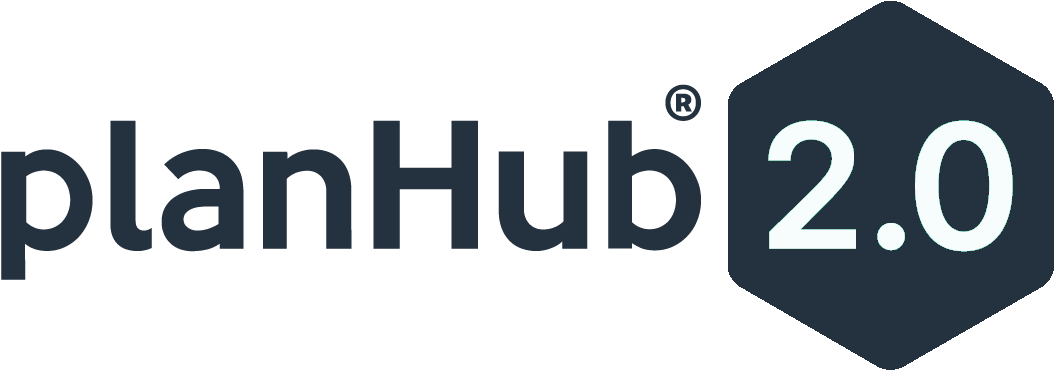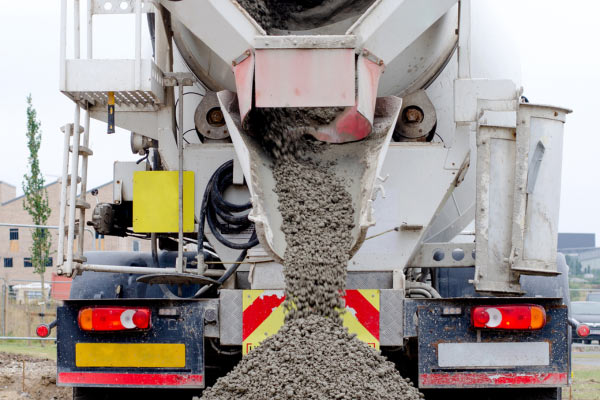There are two types of concrete – ready-mix and site mixed. Both perform similar functions and can
be used to construct concrete components on a project. Ready-mix concrete, however, does have some advantages over site mixed, which we will explore later in this article.
First, it’s important to be clear about the difference between concrete and cement. Often these terms are used interchangeably, but they are different materials. Cement is a component of concrete. Concrete is a mix of cement, rock, water, sand, and other ingredients. Cement is a ground up mix
of charred limestone and clay, and it has been around for hundreds of years. Portland cement is the most common type of cement used around the world.
Now that we’ve defined our terms, here’s more about ready-mix concrete and its advantages.
What is meant by ready-mix concrete?
Ready-mix concrete refers to a customized mix of ingredients that is designed to meet both
a customer’s needs and material specifications. Concrete is a mix of cement, rock, sand, water, fly ash, air, and additives. The amount of each ingredient in a batch determines how the concrete will perform and how strong it will be once it is fully cured.
The ingredients for concrete are precisely measured and mixed at a batch or mixing plant, where they are then loaded into a concrete mixing truck. They may be mixed anywhere along the journey: at the plant, on the road, or on site.
Ready-mix concrete is then delivered to the job site, where workers place it and finish it with the appropriate tools.
What is ready-mix concrete used for?
Ready-mix concrete is perfect for both small and large jobs, and can be used for a variety of uses, including structural and decorative. Possibilities include:
- Building foundations and footings
- Sidewalks
- Paving
- Curbs
- Patios
- Building slabs
- Floors
- Building walls and retaining walls
- Driveways
What’s the difference between ready-mix and concrete?
Concrete can be mixed on site, at a batch plant, or on the road. Ready-mix concrete is often mixed
at any of these locations. Site-mixed concrete is only mixed on site. The ingredients are delivered separately to the job site, where they are measured and mixed just before use. Site mixed concrete
is often used for small jobs or specialty mixes, like brick/stone mortar and post bases.
Ready-mix concrete can save contractors on speed, storage space, labor, and waste.
Since it is delivered to the site pre-mixed, workers don’t have to wait around for the ingredients
to be measured, assembled, and mixed. This means they can pour more concrete faster. Also, since they don’t have to store the various materials on site (cement, rock, water, etc.) the amount of storage space required is reduced. Contractors also save on labor costs, as they don’t have to measure and mix the ingredients. And finally, since contractors can order just the amount of concrete they need, there is less material waste.
How strong is ready-mix concrete?
Concrete strength is measured in psi or pounds per square inch. The strength test measures the amount of weight needed to break the concrete after it’s been curing for 28 days. Concrete continues to get stronger over its lifetime, but 28 days has been selected as the standard timeframe for structural testing.
The strength of a concrete mixture is determined mainly by the ratio of the amount of water to cement in the mix. So, a mix with a high amount of cement compared to water is stronger than a mix with
a higher water ratio.
Since mixes can be customized at the batch plant, ready-mix concrete can come in any strength required by the customer or project specifications.
Advantages of ready-mix concrete
- Quality control – Because mixes are customized and precisely measured at the batch plant, which is a controlled environment, it is easier to maintain a higher level of quality than concrete mixed on the job site. Quality control also helps ensure that the mix design is met with every batch, ensuring overall material quality throughout the project.
- Speed – Ready-mix concrete saves contractors time on the job site. Measuring and mixing occurs off site with batch plant personnel and mixer drivers, so workers on site can focus on preparing for the delivery.
- Less waste – Contractors can order just the amount of concrete they need for the project. This reduces the need to purchase additional materials to accommodate waste.
- Reduced dust – Since all the ingredient measuring and mixing occurs elsewhere, workers are protected from exposure to dust.
Ready-mix concrete prices
The cost of ready-mix concrete varies by region and location, so you’ll need to contact a local supplier or contractor for specific pricing. According to the Concrete Network, in 2022 the average price for
a cubic yard of concrete (how suppliers price and sell concrete) was $137, with prices ranging from $125-185. It’s important to add costs for delivery and labor when quoting a price for ready-mix. For the same time period contractors charged $4.65-6.85 per square foot for a plain slab.




